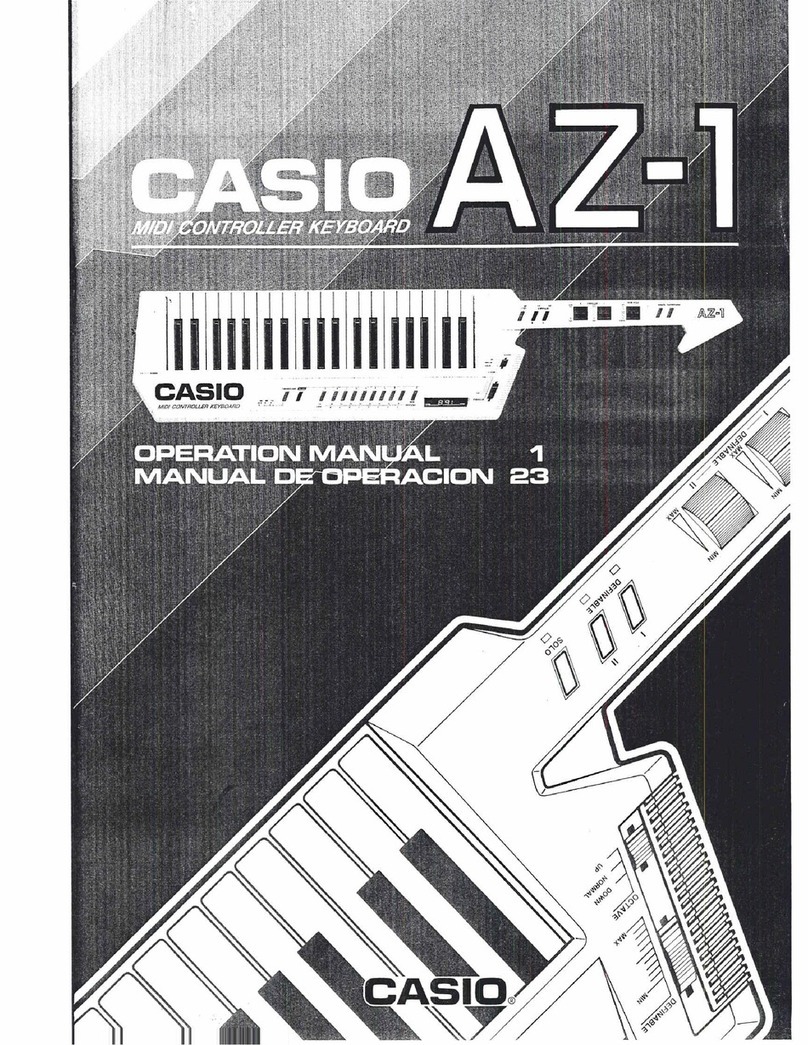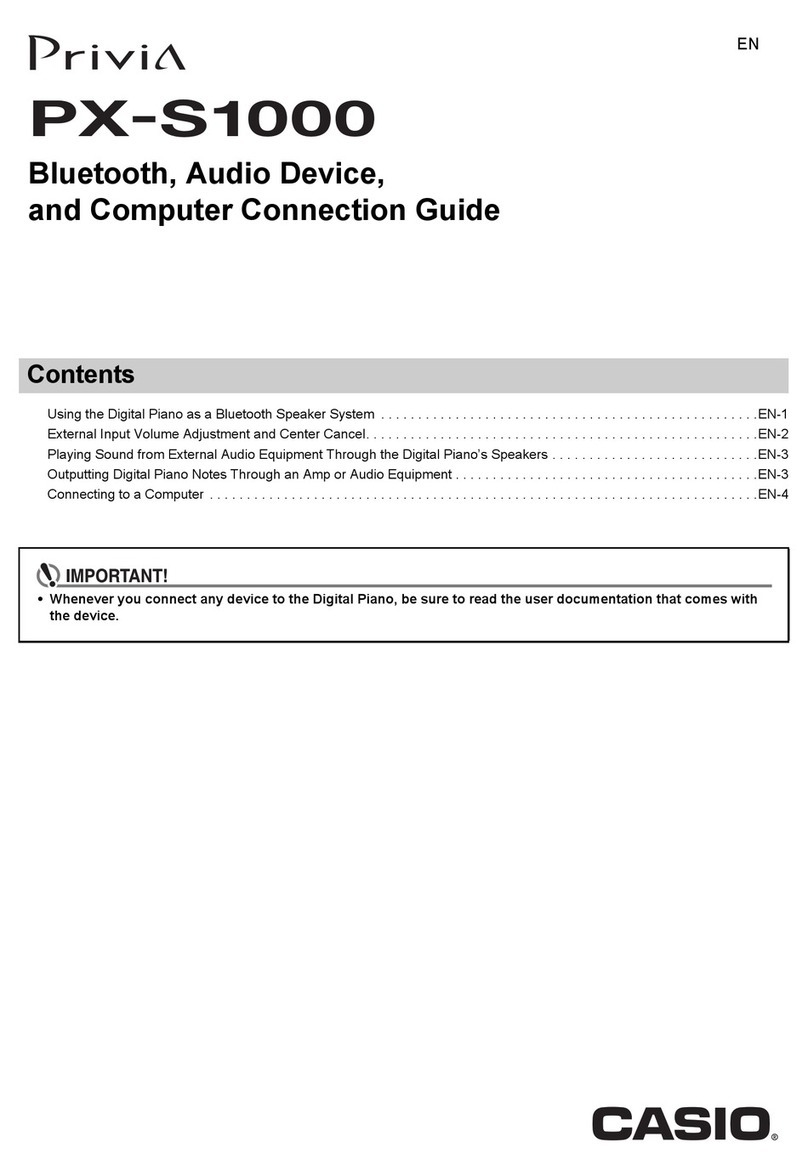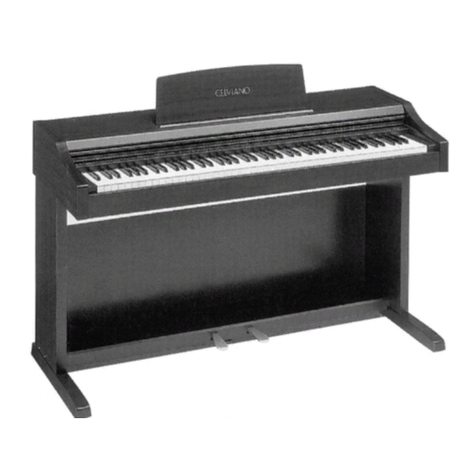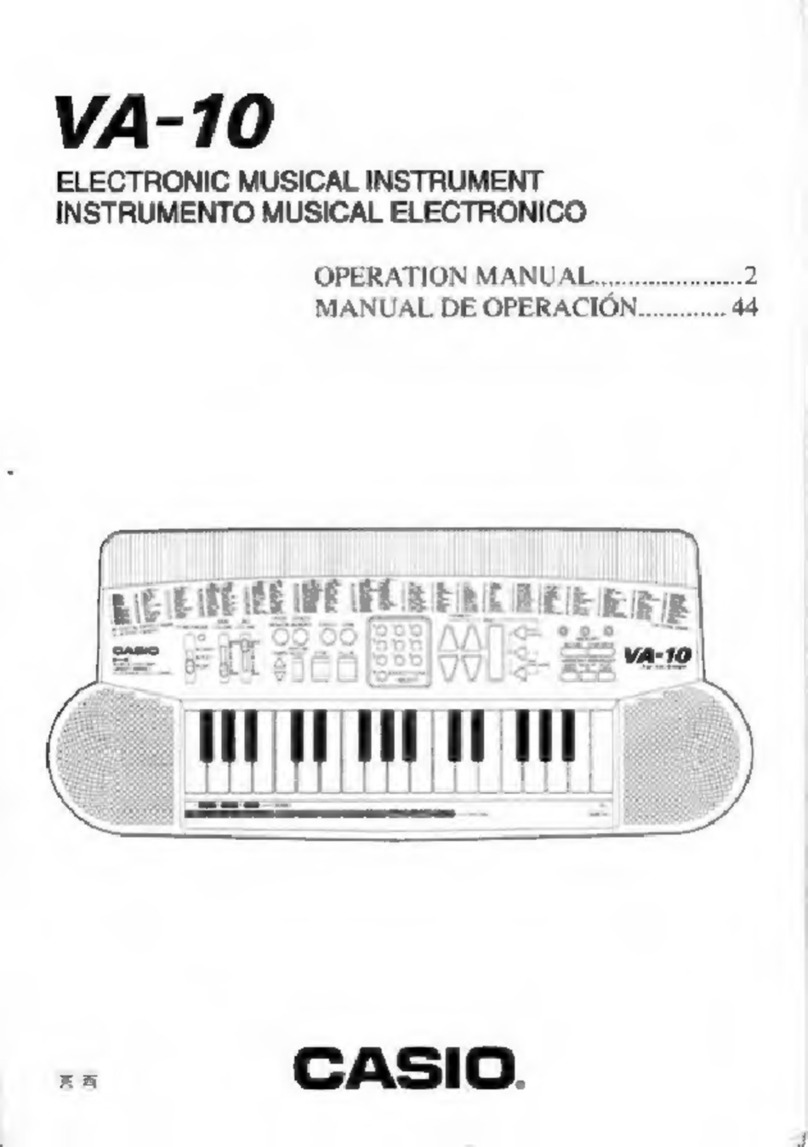Casio TONEBANK CA-301 User manual
Other Casio Musical Instrument manuals
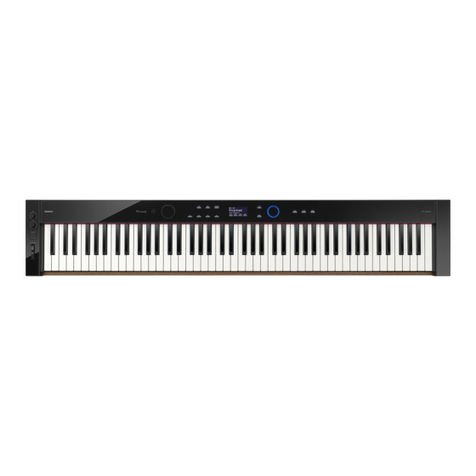
Casio
Casio Privia PX-S6000 User manual

Casio
Casio Celviano AP-250 User manual
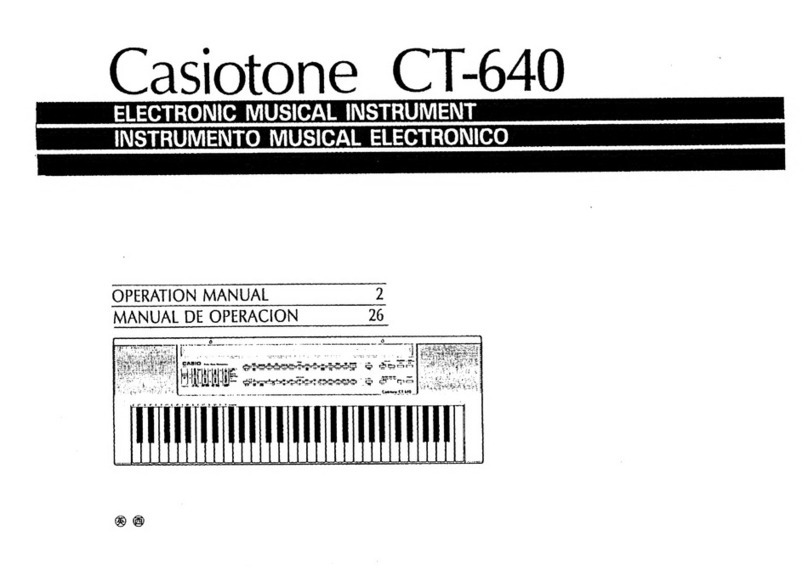
Casio
Casio CT-640 User manual
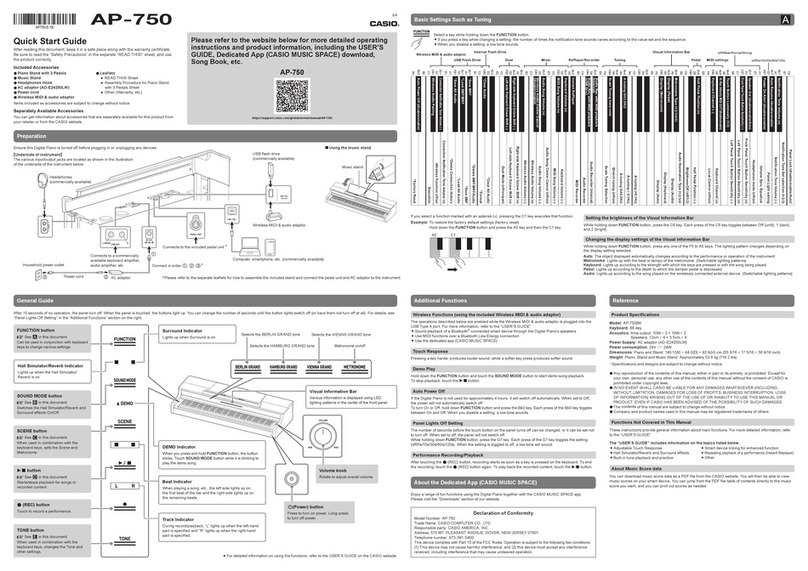
Casio
Casio AP-750 User manual
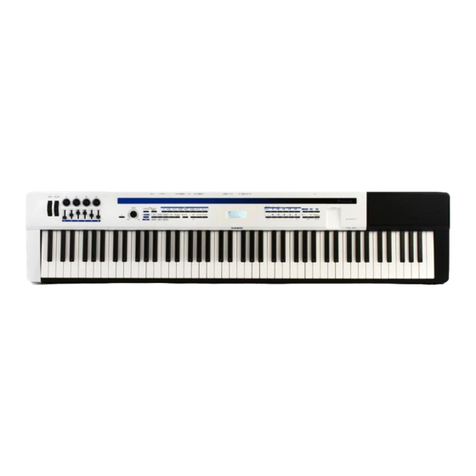
Casio
Casio Privia PX-5S Manual
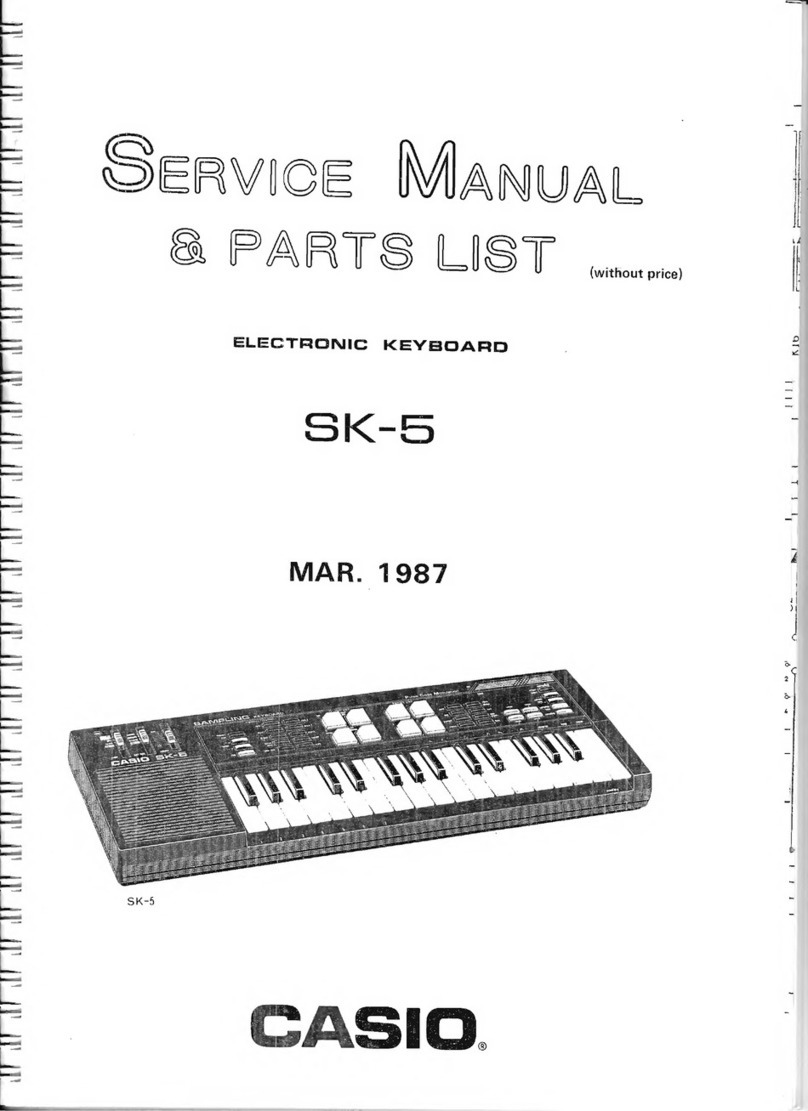
Casio
Casio SK-5 - SERVICE Troubleshooting guide
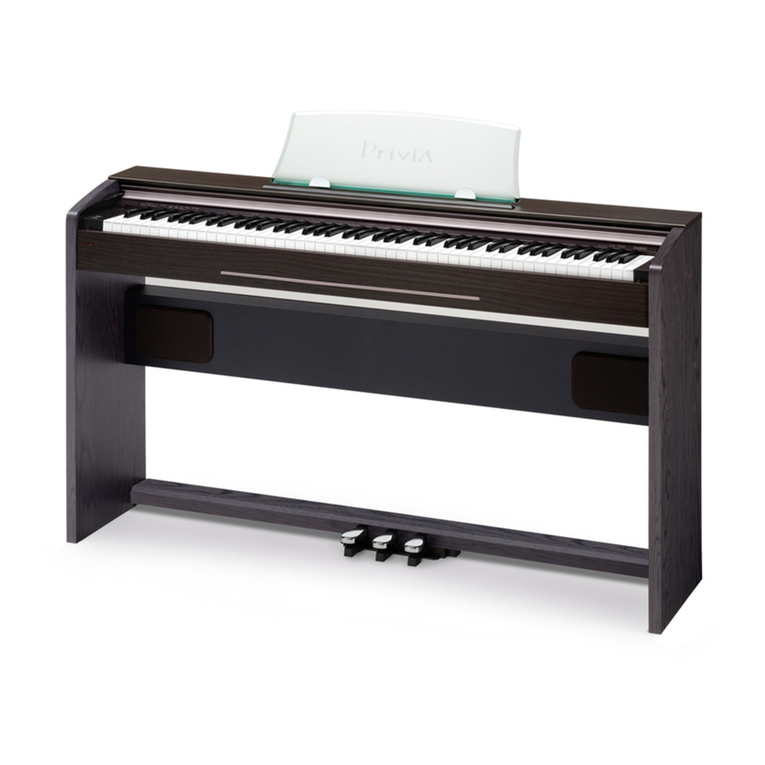
Casio
Casio Privia PX-720 User manual

Casio
Casio Piano Sound CPS-60 User manual
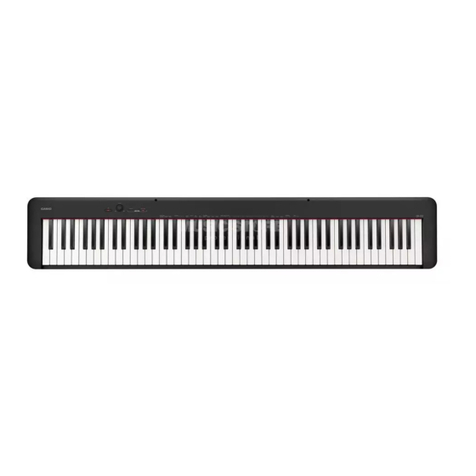
Casio
Casio CDPS-100 User manual
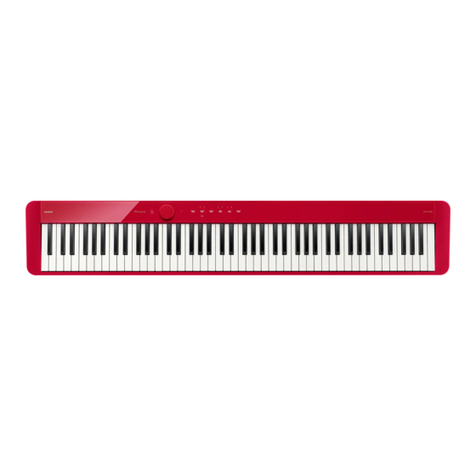
Casio
Casio PX-S1100RD User manual
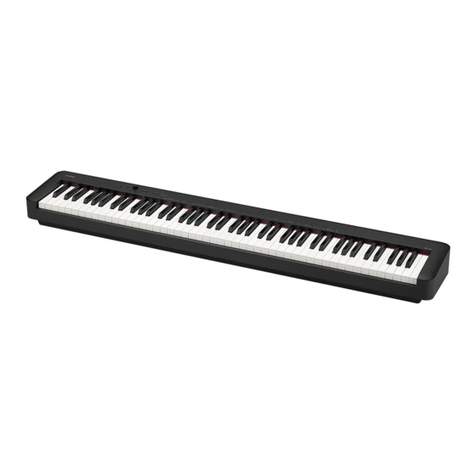
Casio
Casio CDP-S150 User manual
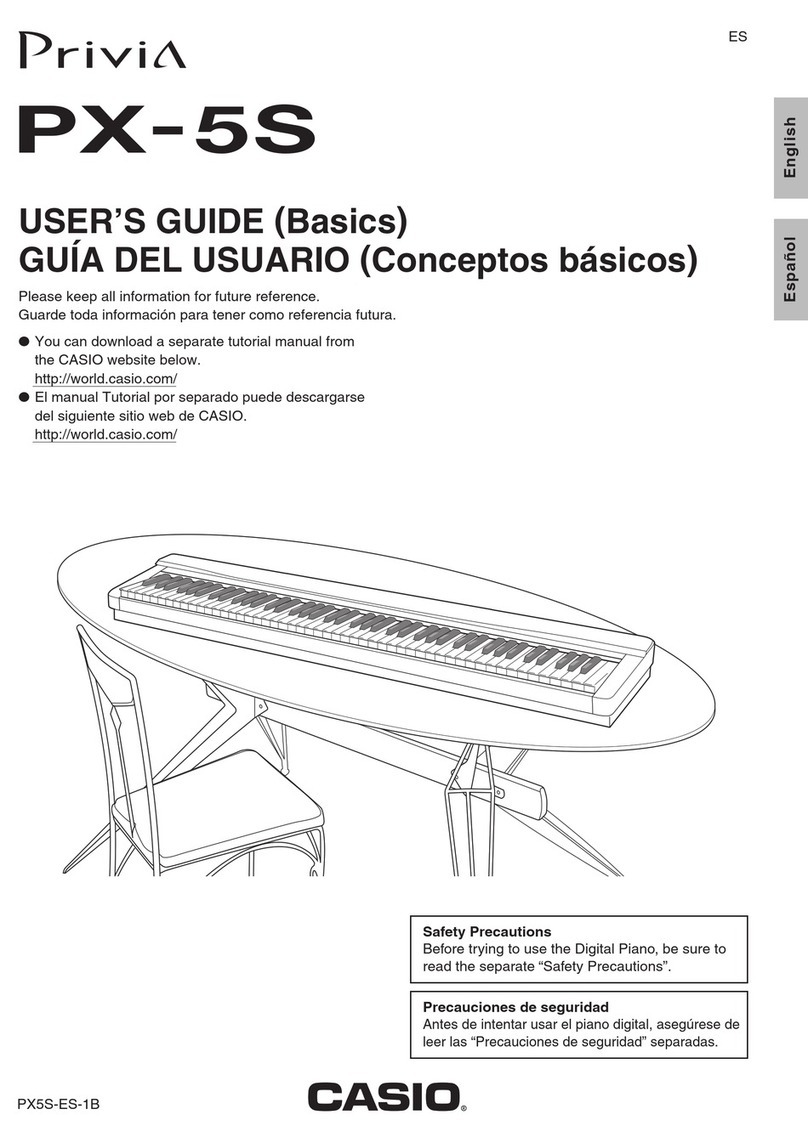
Casio
Casio Aculaser M2 User manual

Casio
Casio RAP-1 User manual

Casio
Casio CTK-1300ES User manual
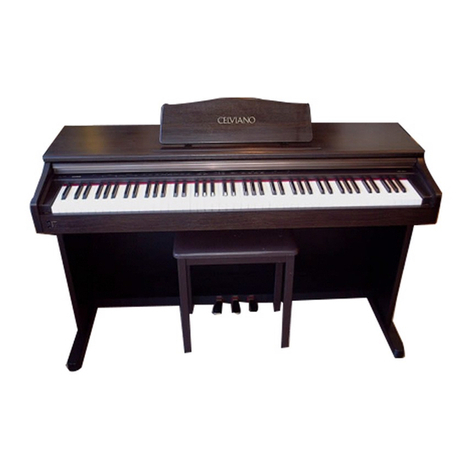
Casio
Casio AP-20 User manual
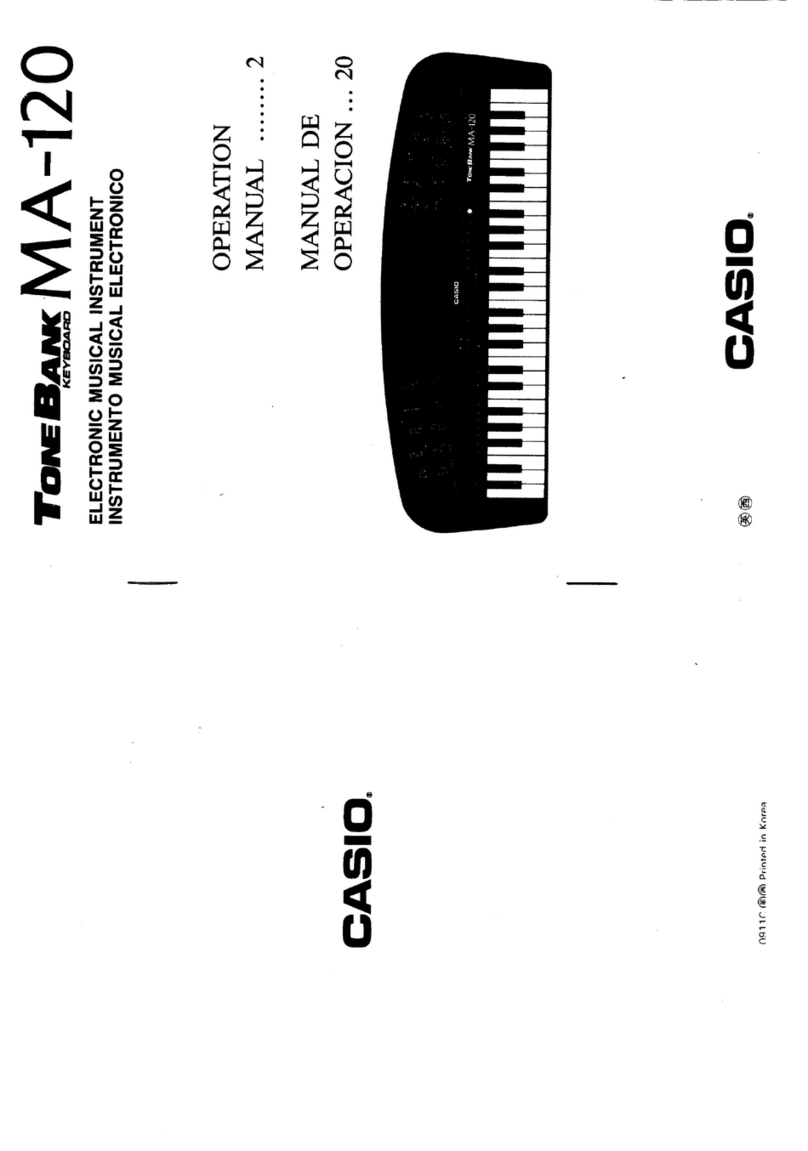
Casio
Casio MA-120 User manual
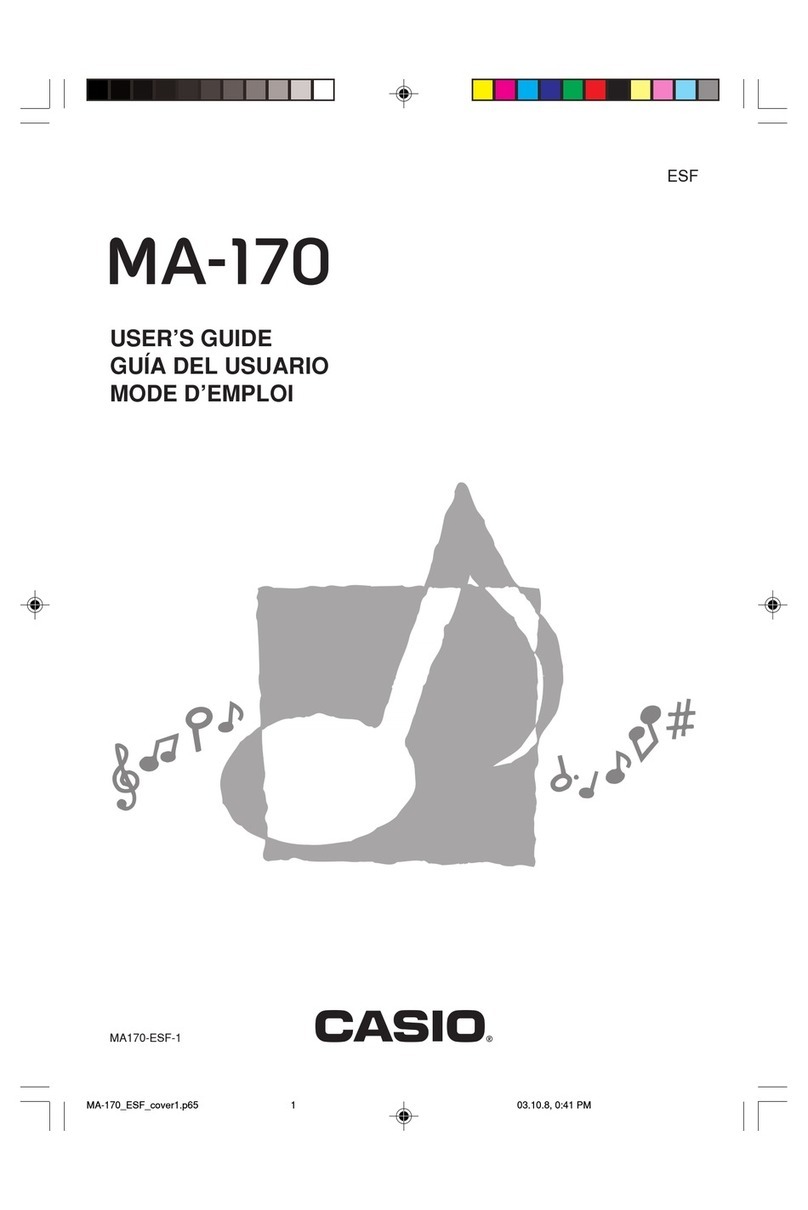
Casio
Casio MA-170 User manual

Casio
Casio CTK-6250 User manual
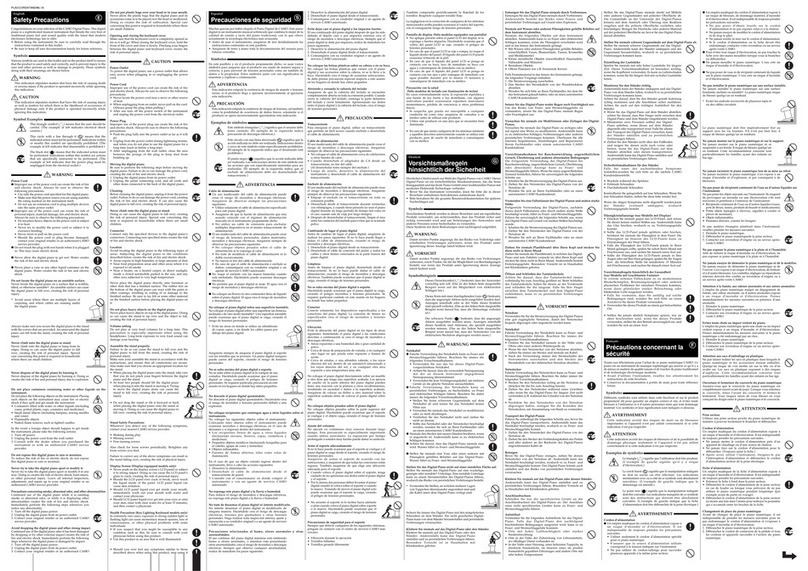
Casio
Casio Celviano AP-500 Installation instructions

Casio
Casio CDP-200R User manual
